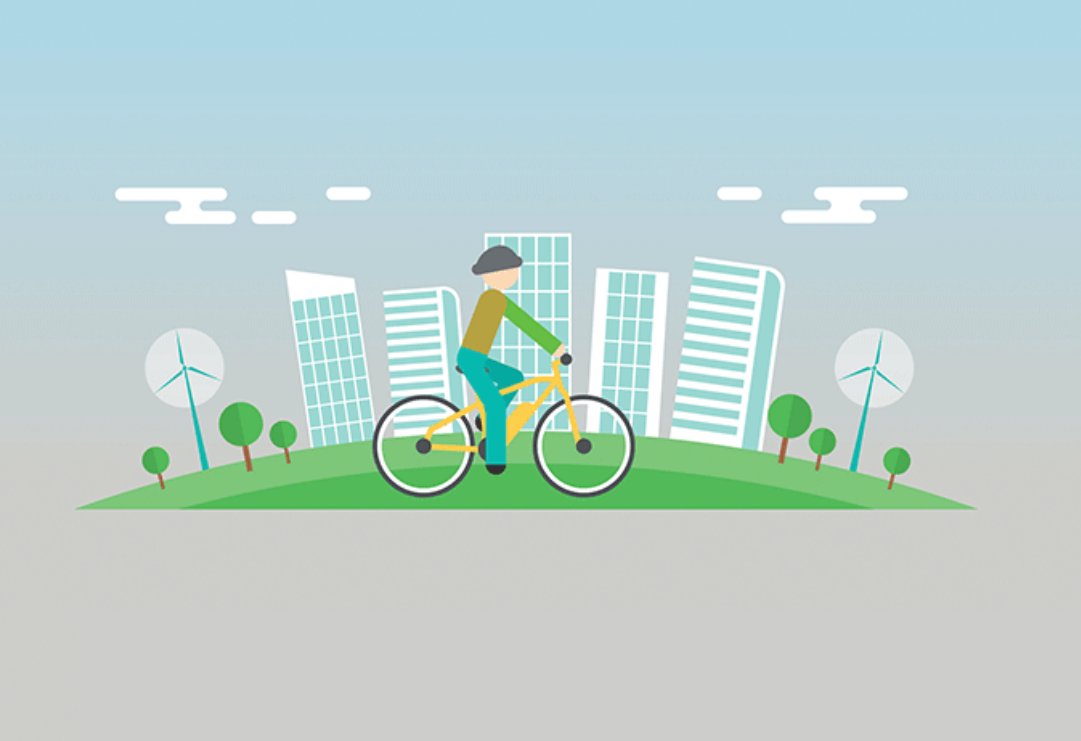Exploring E-Bike Types: What Each Category Stands For
Exploring E-Bike Types: What Each Category Stands For
Blog Article
Article Produced By-McFarland Stanton
If you're considering buying an e-bike, understanding the different classes is key in making an informed choice. You might be shocked at just how each class uses distinct functions that satisfy numerous riding choices and lawful requirements. From pedal-assist choices to throttle-controlled designs, each course has its advantages. So, prior to you pick the best e-bike for your requirements, it's essential to realize the distinctions between Course 1, Course 2, and Course 3 e-bikes.
Course 1 E-Bikes
Course 1 E-Bikes are specified as pedal-assist electric bicycles that supply support just when you pedal, discontinuing to do so as soon as you reach 20 mph. These bikes are excellent for those searching for a little added boost while still wanting to get some exercise. Class 1 E-Bikes use a smooth transition between pedaling and electrical help, aiding you conquer hillsides and long distances with ease. The electric motor kicks in as soon as you start pedaling, providing a natural and effortless ride experience.
One of the crucial advantages of Course 1 E-Bikes is that they're allowed on the majority of bike courses and routes where typical bikes are permitted. dog trailer for a bike can check out new paths and take pleasure in the great outdoors with no limitations.
Additionally, these bikes are environment-friendly and offer a sustainable setting of transportation, lowering your carbon impact while still obtaining you to your location efficiently.
Course 2 E-Bikes
Proceeding from the pedal-assist dynamics of Course 1 E-Bikes, Class 2 E-Bikes introduce a new aspect into the electrical bicycle realm. These e-bikes come with a spin throttle feature, allowing you to ride without pedaling in any way. With this addition, you have the option to just engage the throttle and allow the motor do the work, thrusting you ahead easily.
Class 2 E-Bikes are perfect for cyclists who might require a break from pedaling or need aid when beginning with a total stop. related webpage makes them specifically appealing for people with minimal movement or those that want a more leisurely riding experience.
Nevertheless, it is necessary to keep in mind that Course 2 E-Bikes are still controlled by a speed restriction of 20 mph, guaranteeing safety and security and conformity with regulations.
Class 3 E-Bikes
For riders looking for a more vibrant electrical cycling experience, Class 3 E-Bikes offer enhanced rate and performance contrasted to their Course 1 and Course 2 equivalents. Course 3 E-Bikes are known as "speed pedelecs" and can reach rates of as much as 28 mph, supplying a thrilling experience for those seeking an additional increase. These bikes come furnished with a pedal-assist system that starts when you begin pedaling, making it much easier to maintain higher rates with much less effort.
One vital attribute of Course 3 E-Bikes is that they aren't restricted to bike lanes only; they can likewise be made use of on roads where the speed limitation is 30 miles per hour or reduced. This flexibility allows cyclists to navigate through website traffic a lot more effectively while still delighting in the advantages of electrical aid.
However, it's essential to bear in mind that some locations may have specific guidelines relating to using Course 3 E-Bikes, so always inspect regional legislations prior to hitting the road.
https://fat-ebikes43197.blog5star.com/32662689/the-advantages-of-electric-bikes-in-supporting-sustainable-practices , since you comprehend the differences in between Course 1, 2, and 3 E-Bikes, you can make an informed choice on which type ideal suits your requirements. Whether you favor pedal-assist, throttle feature, or greater speeds, there is an E-Bike course out there for you. Keep in mind to consider your neighborhood guidelines and personal choices prior to making your choice. Happy riding!
